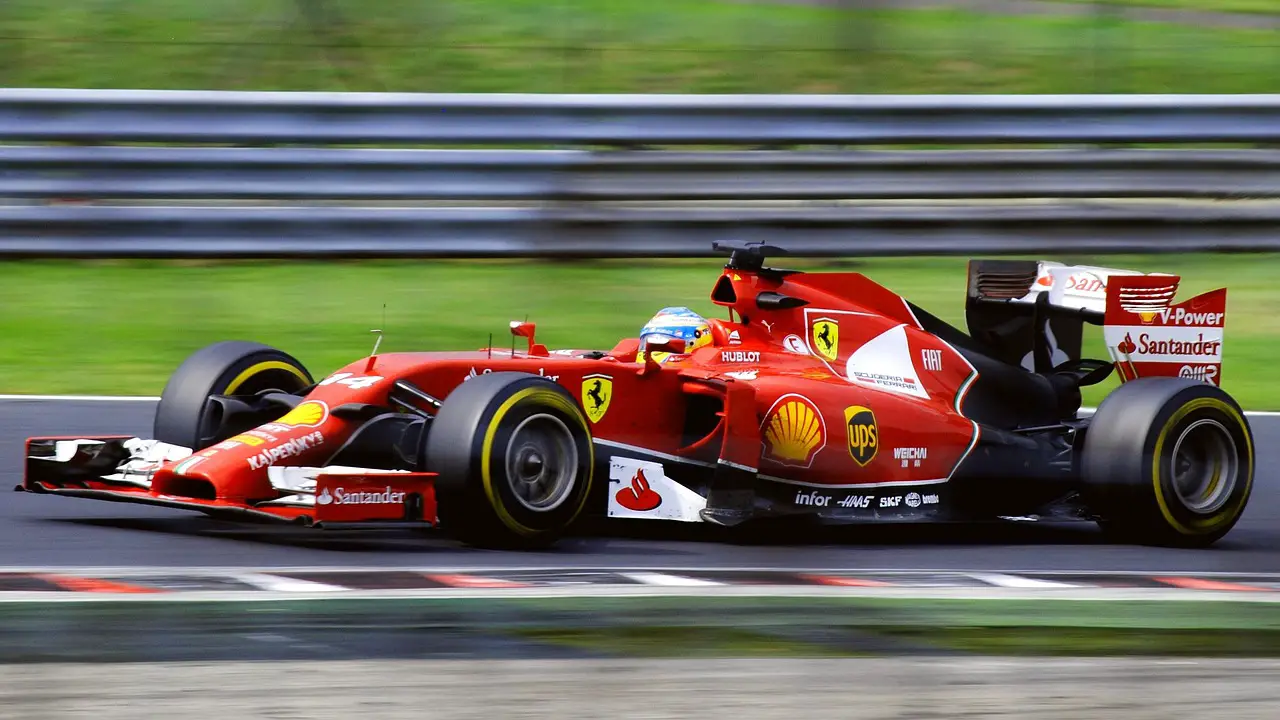What It Takes to Be a Formula 1 Driver
It takes dedication, skill, and an incredible amount of courage to become a Formula 1 driver. But there’s another factor that many overlook – being comfortable while sitting in the cockpit. F1 drivers spend hours at a time behind the wheel, making the position of their body incredibly important for success on the track. This article will explain how F1 drivers sit in their cockpits and why it matters so much for performance.
The Anatomy of an F1 Cockpit
An F1 cockpit is designed with two main goals: safety and aerodynamics. Safety features such as head restraints, fireproof clothing, roll bars, and seatbelts all help protect drivers from harm should something go wrong during a race. Aerodynamic features ensure that air flows over, rather than around, the car when travelling at high speeds; this reduces drag which improves fuel efficiency and speed potential on the track.
The inside of an F1 cockpit is relatively cramped compared to other forms of racing vehicles; this limits movement options available to drivers, which can be both uncomfortable and dangerous if not done correctly. To make sure they are positioned securely within their cockpits without sacrificing comfort or control over their cars’ movements, professional F1 racers often use custom-made seats molded specifically for them by experts using advanced scanning technology that takes into account every aspect of their bodies – size measurements included!
Why Seat Position Matters
Having an accurate seat position within an F1 cockpit is essential for successful driving; it allows racers to have full control over throttle input as well as steering movements while still maintaining maximum stability throughout corners and straights alike. Being comfortable also helps reduce fatigue during long races where concentration levels need to remain consistently high – something no driver can do if they’re squirming around trying to find a good posture! Seats are also adjustable depending on track conditions meaning individual racer preferences can be taken into account, too (for example, higher seat positions may help vision when cornering).
Conclusion
Being able to sit comfortably yet firmly within their cockpits is vitally important for any Formula 1 driver hoping for success out on the track – but getting it right isn’t always easy! With custom-molded seats now becoming more common amongst professional teams thanks to advanced scanning technology, hopefully, we’ll see even more impressive performances from our favorite racers moving forward!

